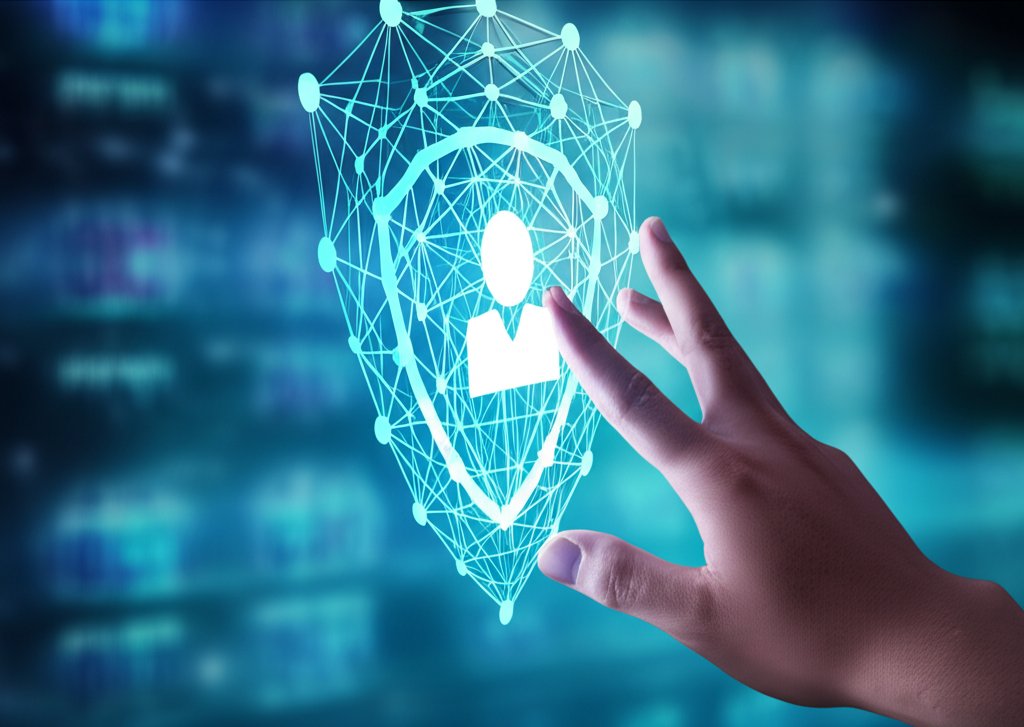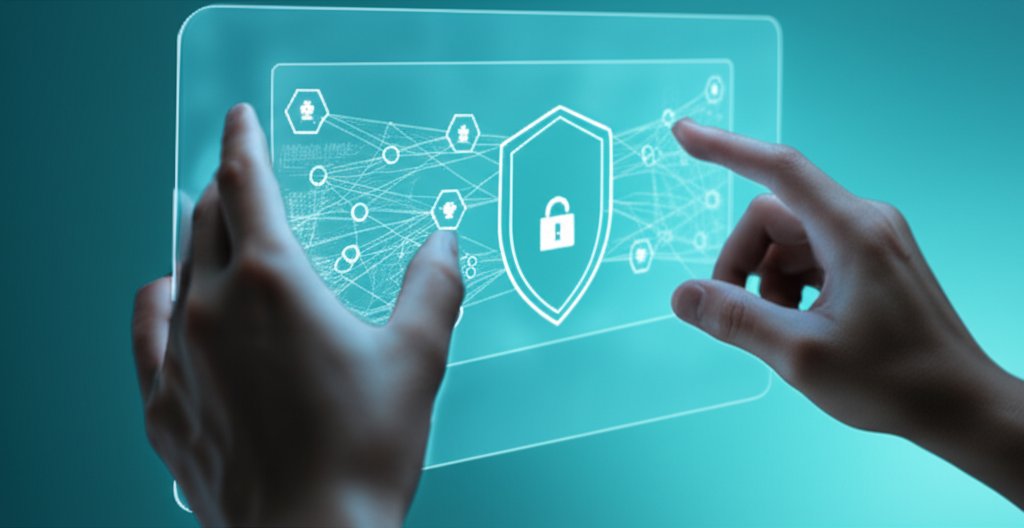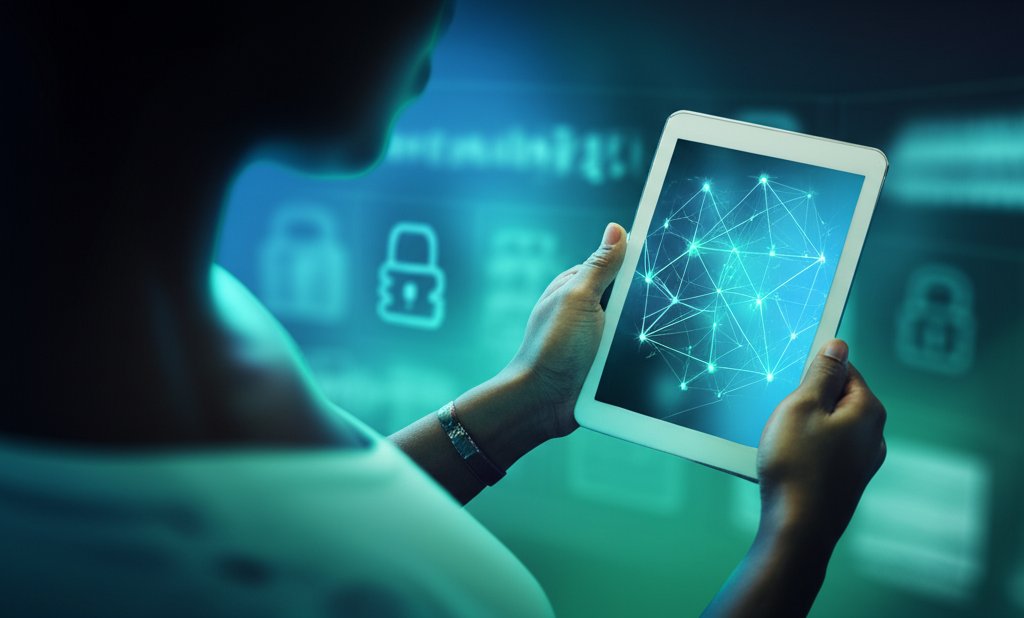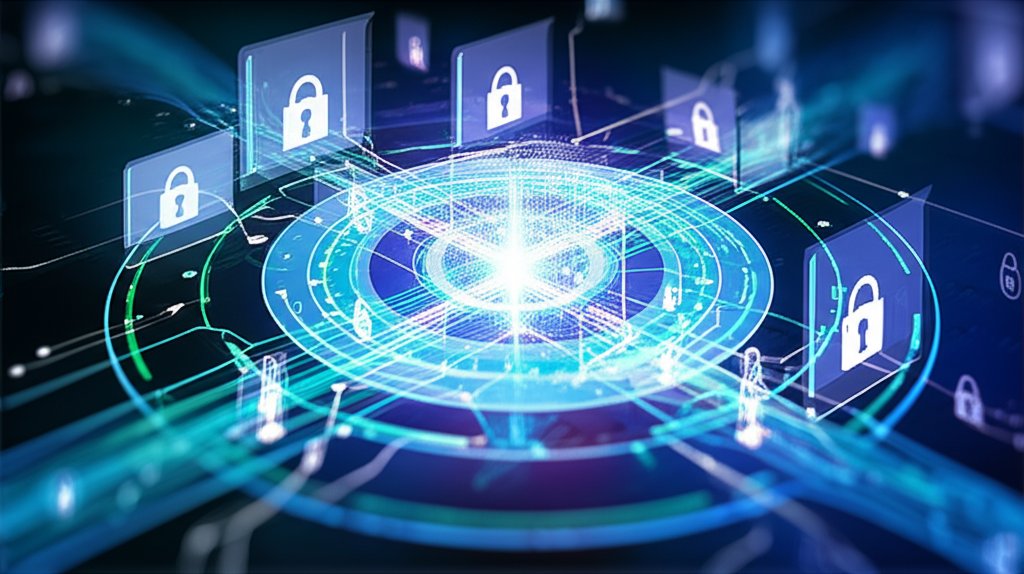The metaverse isn’t just a buzzword anymore; it’s rapidly evolving into a collection of immersive, interconnected virtual worlds where we’ll work, socialize, shop, and play. But as we dive headfirst into these new digital frontiers, a critical question emerges for all of us: how do we keep ourselves safe? Specifically, how do we manage and protect our digital identities in these ever-expanding virtual realms? As a security professional, I’m here to tell you that just like with traditional cybersecurity, vigilance and smart, proactive practices are your best defense.
For everyday internet users and small businesses alike, understanding these new risks and adopting practical solutions isn’t just smart; it’s essential for maintaining control and peace of mind. Let’s demystify what your digital identity means in the metaverse and, more importantly, how you can take charge of its security.
What is the Metaverse and Your Digital Identity Within It?
Welcome to the Metaverse: A Quick Overview
Imagine a persistent, shared, and interactive virtual reality, accessible via devices like VR headsets, AR glasses, and even your computer. That’s the metaverse in a nutshell. It’s not a single destination but a network of virtual spaces, powered by technologies like virtual reality (VR), augmented reality (AR), artificial intelligence (AI), and blockchain. It’s a place where you can attend a virtual concert, collaborate with colleagues as an avatar, purchase virtual fashion for your digital self, or even own a plot of virtual land.
Your Digital Persona: Defining Identity in Virtual Worlds
So, what exactly is your “digital identity” in this new landscape? It’s much more than just the avatar you choose. Your digital identity in the metaverse encompasses your avatar, yes, but also the personal data you’ve shared (directly or indirectly), your behavioral patterns (how you interact, where you go, what you buy), the digital assets you own (NFTs, cryptocurrencies, virtual items), and even your social connections and reputation within these virtual worlds.
Unlike a simple online profile, your metaverse identity can be dynamic, interoperable across different platforms, and deeply intertwined with your real-world self. For example, your unique avatar and associated assets on one gaming platform might carry over to a virtual meeting space, linking your recreational and professional personas. It’s a comprehensive digital footprint, and protecting it is paramount.
Why Protecting Your Metaverse Identity Matters (The Risks You Face)
The allure of new virtual experiences also brings new avenues for cyber threats. Understanding these risks is the first step toward securing your virtual self and preventing potential real-world harm.
Identity Theft & Impersonation: More Than Just a Pretty Avatar
In the metaverse, identity theft goes beyond someone accessing your email. Cybercriminals can steal or mimic your avatar, personal data, and even your unique behavioral patterns. With the rise of advanced AI, deepfake avatars and synthetic identities become a very real danger. Imagine a scenario: an attacker creates a deepfake avatar that perfectly imitates your voice, mannerisms, and even your digital fashion sense. This imposter then joins a virtual business meeting you were supposed to attend, using your credibility to trick colleagues into transferring sensitive company data or approving fraudulent transactions. The consequences are severe: financial fraud, sophisticated social engineering attacks, and significant reputational damage that can spill over into your real life. We’ve got to be prepared for this.
Data Privacy Concerns: Who Owns Your Virtual Footprint?
Virtual worlds are data-rich environments, collecting an astonishing amount of sensitive data. This can include your biometrics (if using VR headsets with eye-tracking or facial recognition), your interactions, preferences, location data within virtual spaces, and even your emotional responses to virtual stimuli via haptic feedback. The current regulatory landscape often struggles to keep pace with these advancements, meaning there might be a lack of clear user consent processes and robust data ownership frameworks.
This vast data collection presents risks of misuse, exploitation for highly targeted (and potentially manipulative) advertising, or unauthorized access by malicious actors. Consider this: A virtual fashion store tracks your avatar’s movements, lingering gazes at certain items, and even your real-time emotional reactions. This data, if unprotected, could be sold to third parties, used to profile you without your explicit consent, or even become fodder for highly personalized phishing attacks. We need to ask ourselves: who truly owns our virtual footprint, and how can we assert more control?
Phishing and Scams in the Virtual Wild West
Just like the traditional internet, the metaverse is a breeding ground for scams, but in new, more immersive forms. You might encounter phishing attempts that look like legitimate metaverse platforms, bogus investment opportunities for virtual land or NFTs, or social engineering tactics from seemingly friendly avatars trying to extract your information. Account takeover (ATO) risks are high, and losing control of your virtual identity could mean losing valuable digital assets. For instance: You receive an in-world message from an avatar claiming to be a platform administrator, urging you to “verify your wallet” via a suspicious link to claim a “new exclusive NFT.” Clicking that link could lead to the complete compromise of your cryptocurrency wallet, resulting in the theft of your digital assets.
Your Shield in the Metaverse: Practical Identity Management Strategies
Now, let’s talk about solutions. Protecting your digital identity isn’t about shying away from the metaverse; it’s about engaging with it smartly and securely, equipped with the right tools and mindset.
1. Strong Foundations: Passwords & Multi-Factor Authentication (MFA)
This is Cybersecurity 101, but it’s even more crucial in virtual worlds where your identity is so multifaceted. You absolutely must use unique, strong passwords for every metaverse account you create. A reputable password manager is your best friend here, generating and storing complex passwords securely. Beyond that, enable Multi-Factor Authentication (MFA) wherever possible. MFA adds a critical layer of security, requiring a second verification step (like a code from your phone or a fingerprint scan) even if someone steals your password. This can prevent an attacker from using a stolen password to impersonate your avatar or access your digital assets. As the metaverse evolves, expect to see more sophisticated MFA options, including biometric authentication methods built into VR/AR devices. Don’t skip this step; it’s your frontline defense.
2. Be a Smart Sharer: Managing Your Personal Information
Think before you share. Limit the personal data you put into your metaverse profiles and disclose during interactions. Understand and actively adjust the privacy settings on every metaverse platform you use. These settings are often hidden or complex, but taking the time to review them can make a huge difference in controlling what data is collected and how it’s used. Never share sensitive information like your real-world address, phone number, or, crucially, private keys or seed phrases to your crypto wallet unless you are absolutely certain of the recipient’s legitimacy and the necessity of the disclosure. No legitimate platform administrator will ever ask for your private keys.
3. Navigate with Caution: Recognizing and Avoiding Scams
Just like emails or websites, virtual interactions can be deceptive. Be alert for red flags: unsolicited offers that seem too good to be true, requests for personal information, or avatars promising exclusive access in exchange for your credentials. Always apply the “Verify before you trust” principle. If an interaction or transaction feels off, take a step back. Hypothetical scenario: An avatar you’ve never met offers you a “free, exclusive metaverse land plot” but asks you to connect your crypto wallet to a dubious external site for “verification.” This is a classic scam. Verify the identity of other avatars or platforms through official channels outside the metaverse itself (e.g., check the platform’s official website or social media). If you encounter suspicious activity, report it to the platform providers; you’re helping protect the entire community.
4. Embrace Smart Tech: Tools for Enhanced Protection
The tech world is developing solutions to help you regain control. Concepts like Self-Sovereign Identity (SSI) and Decentralized Identifiers (DIDs) are emerging, aiming to give you more ownership over your digital data, allowing you to choose what information to share and with whom, without relying on a central authority. While these are advanced concepts, staying informed as they evolve is crucial; they represent a future where you control your data. You might want to explore how Decentralized Identity concepts are paving the way for a more secure and user-controlled digital future. Blockchain technology also plays a role, securing digital assets and providing transparent, immutable records for transactions and identity elements. For practical tools, consider using a hardware wallet (like a Ledger or Trezor) to secure your NFTs and cryptocurrencies, and don’t forget the continuing value of a Virtual Private Network (VPN) for encrypted internet connections, protecting your IP address and data even when accessing virtual worlds.
5. Platform Smarts: Choosing and Using Secure Virtual Worlds
Not all metaverse platforms are created equal. Stick to well-known, reputable platforms and marketplaces that have established security protocols. Before joining a new platform, research its privacy policy and security track record. Always keep your software, apps, and VR/AR devices updated to ensure you have the latest security patches. Many platforms are beginning to adopt “privacy-by-design” principles, meaning privacy features are built in from the ground up, rather than bolted on later. Prioritizing these platforms can offer you an inherent advantage in privacy and security. For small businesses, this also means vetting virtual collaboration tools and marketplaces carefully, much like you would any other SaaS provider.
The Future of Your Digital Identity: Evolving Threats and Trends
The metaverse is still in its infancy, and with that comes both incredible innovation and continuously evolving security challenges. Staying forward-looking is key to proactive defense:
- Advanced AI Threats: As AI develops, expect to see more sophisticated deepfakes and synthetic identities that are even harder to distinguish from real users. AI will also power more personalized and convincing phishing attacks, making vigilance paramount.
- Biometric Data Collection: Next-generation VR/AR devices will likely collect even more intimate biometric data (e.g., brainwave patterns, precise eye movements, detailed facial expressions). The security and ethical implications of this data collection will be a major future concern, requiring robust regulatory frameworks and transparent user controls.
- Interoperability Risks: As different virtual worlds become more interconnected, the risk of a breach in one platform compromising your identity or assets across multiple metaverses increases. Universal identity standards are being developed to mitigate this, but complexity will remain a challenge.
- Quantum Computing: While still some years away, the advent of quantum computing could potentially break current encryption methods, necessitating a complete overhaul of cryptographic security protocols for digital identity and assets.
There are ongoing efforts globally to develop universal identity standards and regulations that will hopefully provide a more consistent framework for protecting our digital selves. However, one constant remains: user education. Staying informed about new threats and defenses will always be a continuous need. Your adaptability will be your greatest asset in the evolving digital landscape.
Takeaways for Everyday Users and Small Businesses
Securing your digital identity in the metaverse doesn’t have to be overwhelming. For everyday users, it boils down to practicing the same smart habits you use for your traditional online life, but with heightened awareness for the unique aspects of virtual worlds. Start with the basics: strong, unique passwords, MFA, and a healthy skepticism for unsolicited offers. For small businesses, this means extending your existing cybersecurity policies to cover metaverse interactions and assets, educating your teams on new virtual threats, and ensuring you’re utilizing secure, reputable platforms for any virtual commerce or collaboration.
Protect your digital life! Start with a strong password manager and two-factor authentication today across all your accounts, virtual or otherwise. Take control of your privacy settings. Your future self, and your business’s future, will thank you for it.









